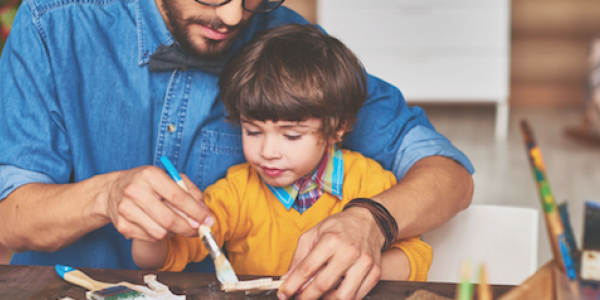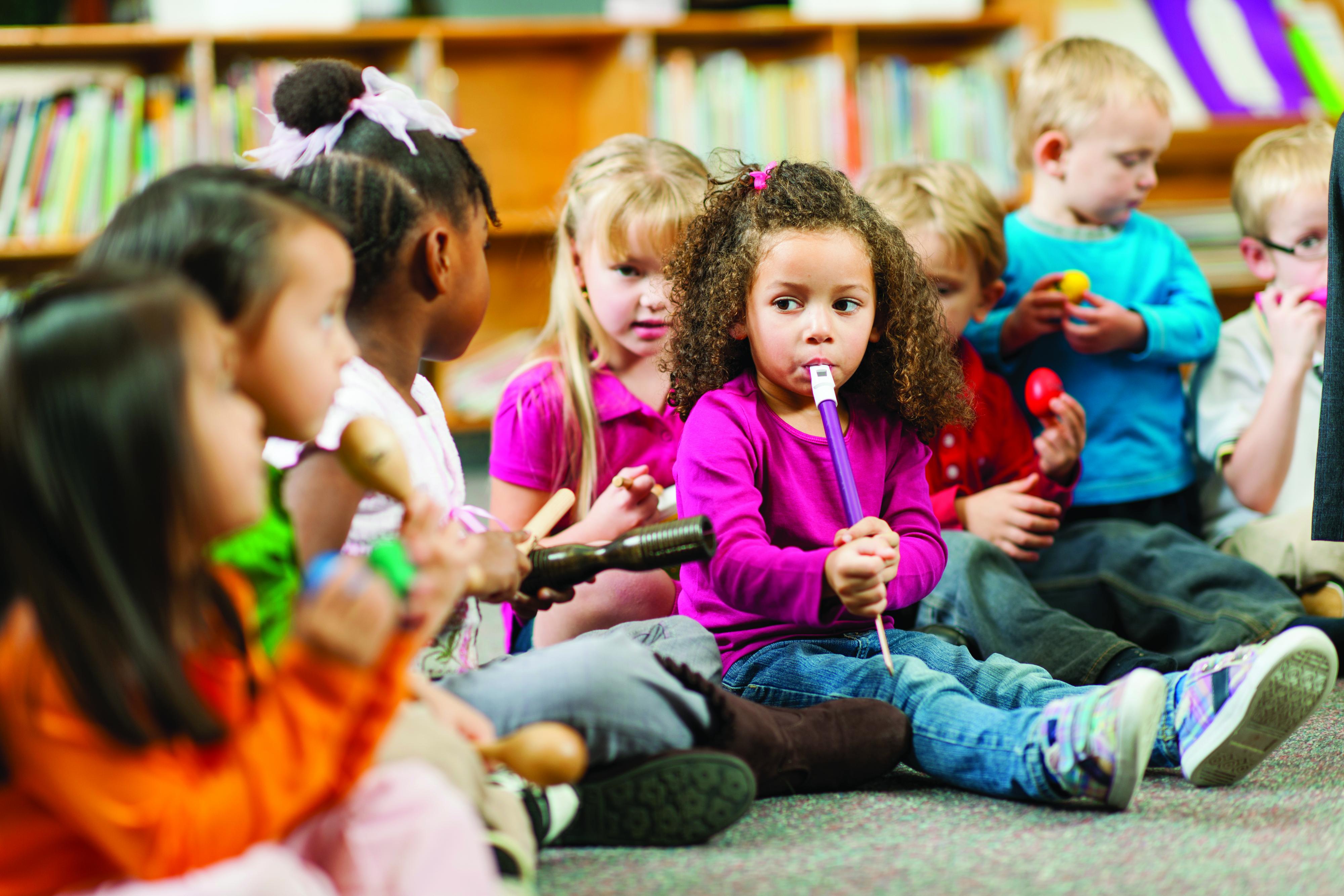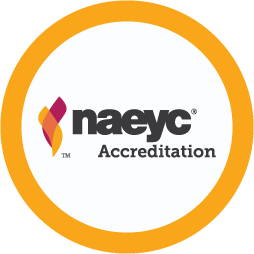8x. Ready, Set, Return: Helping Children Readjust after Winter Break

You are here
Returning to school after winter break can be stressful as children readapt to the routine and structure of a program. With the tips and strategies here, the children in your classroom will be able to transition back to the daily routine in no time.
1. Prepare children for returning to the classroom
A week or two before a break begins, create a class countdown. Each day, review how many days are left before the break. Explain what will happen at the end of the countdown, how many days they’ll be away from school, how much you’ll miss them, and what fun activities you will all do together when everyone returns. Preparing children in advance reduces their anxiety and helps them easily transition back at the end of the break.
2. Send home an activity
Keep children engaged over winter break and ensure they are excited about returning to school by sending them home with an activity to do. The best types of activities encourage family participation and are open to interpretation. For example, families and children can make collages of items in their favorite colors, of shapes in their homes, or of how they celebrated any holidays. Another option is to have children choose a book from the classroom library and work with their families to create their favorite character: children can draw the character, make a collage, or even build a 3-D representation using recycled materials. Whatever activity you choose, children will return to school eager to share what they have made.
3. Stay in touch during break
Use messaging apps like Remind, Class Dojo, or BuzzMob to send messages to families and children over break. I use Remind, which is user-friendly and keeps me in contact with families throughout the school year. Over one winter break, after a snowstorm, I took a photo of myself outside measuring the snowfall and sent it to the children and their families. I encouraged families to go outside with their children, take their own measurements, and share their photos and data. When we returned to school, I had printed out the photos they shared and hung them around the classroom. As soon as the children saw the photos, they were excited to tell their stories—a great way to ease children back into the classroom.

4. Adjust the daily routine
After being away from the classroom for an extended period of time, some children may be less than eager to sit through a morning meeting or other teacher-directed activity. Support children by modifying the schedule based on their needs: shorten the morning meeting, extend time for free play, do a quick group activity, or plan for a longer (or more frequent) time outdoors. Don’t eliminate or skip parts of the daily routine—you do want children to get reacquainted with it—but adjust the length of activities slightly in order to reduce children’s stress.
5. Revisit successful experiences
In the first week or two back after a break, revisit some of the children’s favorite activities from the previous months instead of introducing new materials or units of study. Choose activities the children can be successful at in order to reestablish their confidence in the classroom. Simple science experiments, such as mixing paint or colored water, always seem to get children talking. I also incorporate the children’s favorite music and movement activities into the day. These can be songs the children know all or most of the words to, dances they know all of the movements to, or fingerplays they know the motions for. This reminds children of enjoyable experiences in the classroom and encourages them to reengage.
6. Reintroduce materials and centers, if needed
After an extended absence from the classroom, children may have forgotten that paintbrushes need to be washed after use, that the measuring cups in the water table should be emptied before they are put away, and that blocks should not be used as swords. While you may not need to reintroduce materials or centers to the whole group, you can redirect and remind individual children about how to use and properly care for classroom materials.
7. Make up a song
Rhythm, rhyme, and music are integral to learning. Harness their power to engage children in classroom routines. By using simple songs, you can remind children what comes next in the day in a fun way, helping them readjust without feeling like you’re constantly repeating yourself. I often use bits of old and new songs—and not just children’s songs. Try, “I’m so excited, and I just can’t hide it. I’m about to wash my hands so we can eat lunch.”
8. Be a source of comfort
We hope children will return after a break ready and eager to jump back into the daily routine, but there are always some children who struggle with separation anxiety—just like at the beginning of the school year. Be calm and understanding as you acknowledge the children’s feelings. Remind children of their favorite classroom activities and opportunities to play with friends. One of the most successful strategies I use in my classroom is asking a child struggling with readjustment to write or draw one of our morning messages so that I can post it on our bulletin board. This usually engages the child in our classroom community and builds on children’s love of being classroom helpers. If that doesn’t work, I move on with the daily routine and let the child enter activities gradually, as he or she is ready. I continue to check in as we move along, saying, “We are finishing up morning meeting and moving to center time now. Would you like to join us?”

STANDARDS 3: TEACHING; 2: CURRICULUM
3D: Using Time, Grouping and Routines to Support Learning Goals
2H: Technology
Photograph: Getty Images
Megan King, MEd, is a preschool teacher at Passaic Public Schools in Passaic, New Jersey. She has worked in the field of early childhood education for over 15 years. She is active in the makerspace movement and has presented on and coauthored several articles about incorporating hands-on “maker” materials in early childhood classrooms. She has written articles published in TYC and is proud to serve as one of TYC ’s advisory board members. She worked with a diverse group of early childhood educators on the NAEYC/PBS Ready To Learn Content Review Advisory Board and is a past NJ Governor’s Educator of the Year Award winner at the school level. Megan enjoys working with her preschoolers and experiencing the world through their eyes.
